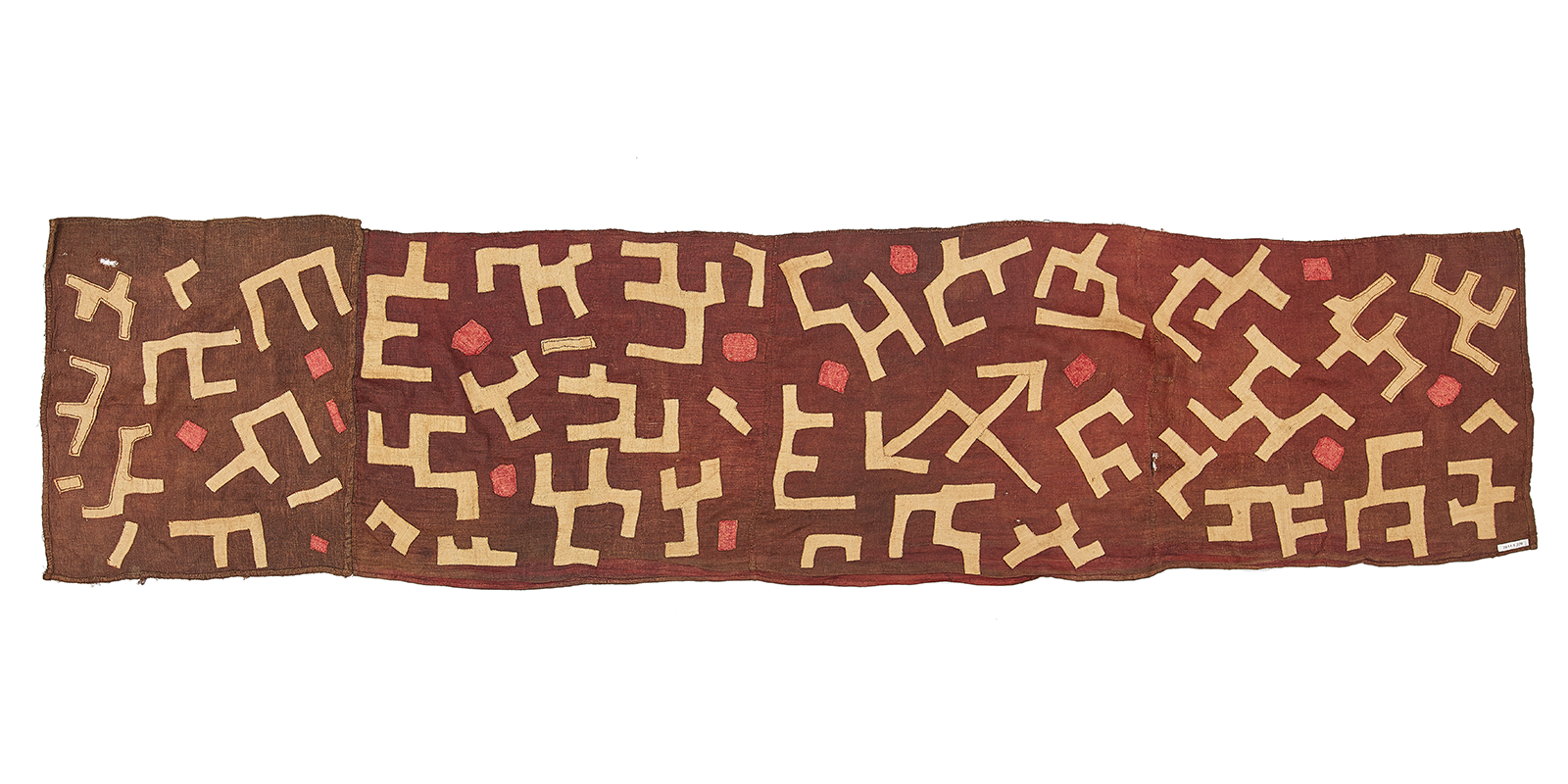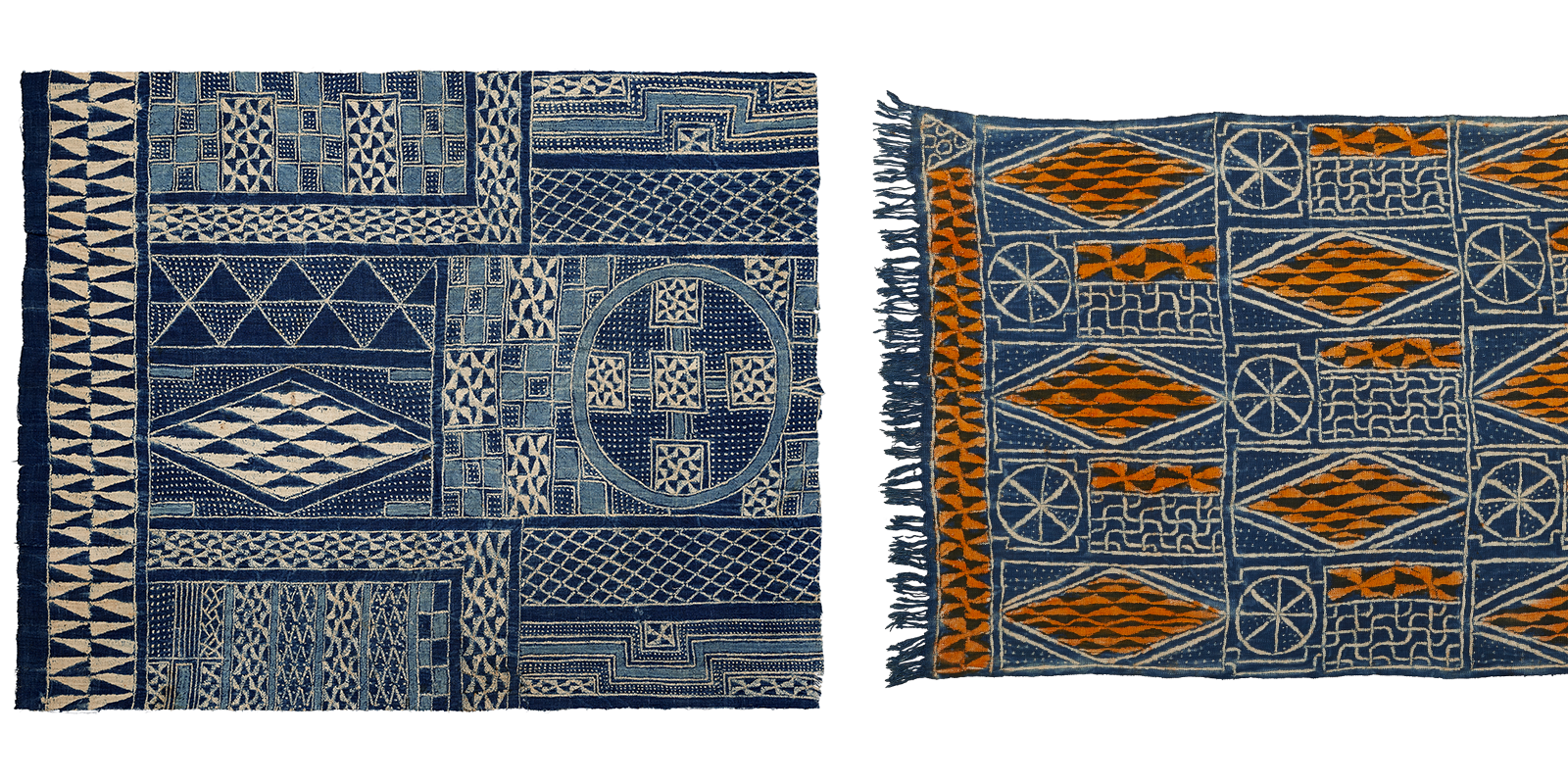
RULE OF THE GAME
Make a reproduction of a fabric, such as those shown here, using objects, materials, techniques and colours at your fingertips! Technique : absolutely free!
Post your work on Facebook or Instagram (story or thread) mentioning @espaceculturelgacha and #defidessingacha we will get in touch with the participants, publish the work on our Instagram and Facebook and send nice gifts to the most creative!
Kasai velvets from the Democratic Republic of Congo
Entirely made of woven and embroidered raffia fibres, they are characterized by the geometry and rhythm of their designs. These fabrics are made by several hands on ‘nomadic’ looms, easy to transport for craftsmen who travel. One can distinguish in the patterns, the passage from one hand to the other, from one aesthetic to the other… This work, always collective, is done in harmony. In this geometry, the visual ruptures bring meaning to the whole, like a musical score.


The N’Tchak from the Democratic Republic of Congo
When you get close to its abstract motifs, you can see on the N’Tchak Raphia fibres and sometimes tree bark. For these fabrics, too, the work is collective. The technique differs from the Kassaï, since it is a question of weaving the raffia and then applying motifs still in raffia but with different colours. Full of movement, some textiles seem to reveal an alphabet, a writing, and make think of some paintings of the German painter Paul Klee.

The Bogolan of Mali Bogolan fabrics from Mali are naturally dyed with plants and clay.
They tell real stories, for those who can read in their patterns, which all have a meaning. Who will know how to find the pattern ‘cè farin jala’ (or belt of the brave), an allusion to the belt that the warrior wears around his waist before going into battle? And the pattern ‘cècela daronyin’ otherwise known as ‘the teeth of the jealous husband’?

The Ndop of Cameroon
Of the fabrics dyed from the Indigo flower, the Ndop is undoubtedly one of the most fascinating.Its manufacture requires several stages and the consecutive work of craftsmen based in different regions of Cameroon.
Reserved for Kings and traditional authorities, it carries with it, its use and its motifs a whole philosophy and precepts of life on Man, his relationship with nature, the living and the dead.

The Kente of Ghana and Togo
The motifs of these fabrics worn in Ghana and Togo are the result of careful observation of nature. In their weave we can find silk, imported from the West, mixed with local fibres. These fabrics are passed on from generation to generation. They are the heritage of a family lineage. Two great styles stand out: ashanti and ewè.


